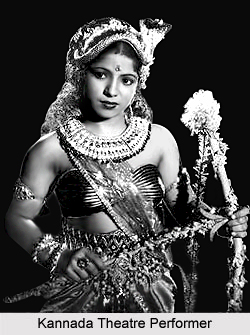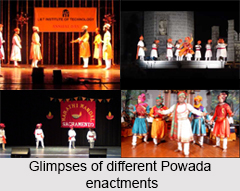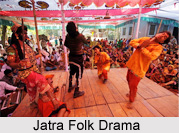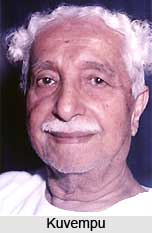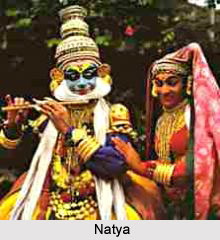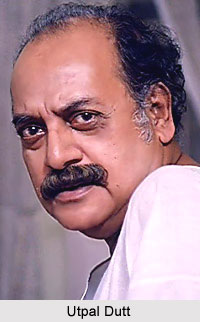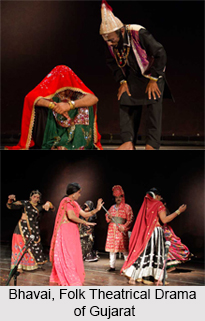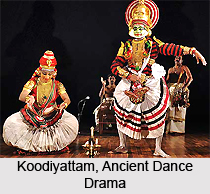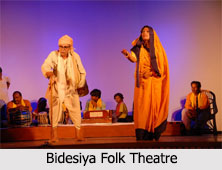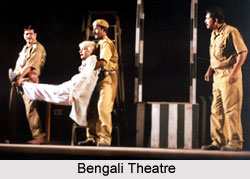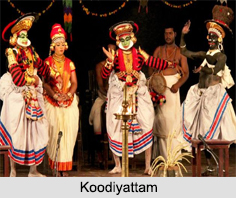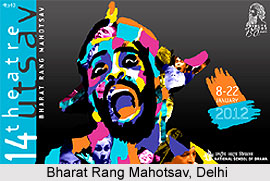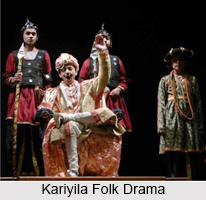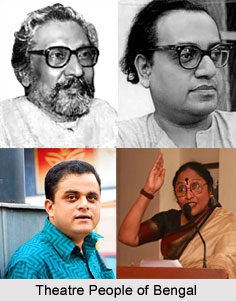Dasavatar or `Ten avatars` is Marathi and Konkani theatre form depicting the story of any one of Vishnu`s ten avatars. The origins of Marathi theatre are traced to this folk tradition, which developed in the seventeenth century. The extant Dasavatar plays combine mummery, masquerade, pageant, and entertainment, exhibiting generic mixtures. It is believed that Shyamji Naik Kale first staged them at Adivare village, imitating Yakshagana. Generally the itinerant actors, who are all male, belong to the Devali, Lingayat, or Gurav caste groups and are known as Dasavatari or Khelye i.e. players. The structure of Dasavatar, which retains some features of Sanskrit theatre, consists of two parts such as Purvaranga i.e. prologue and uttarmnga i.e. the latter performance. It takes place at night on any temporary open stage where the sutmdham sits in front of a small curtain with his orchestra of musicians playing harmonium, drums, and cymbals. The troupe worships its deities and masks before beginning. The play opens with a song in praise of Ganesh, the elephant-headed god, and Saraswati, goddess of learning, both impersonated by actors. A priest performs puja, the dialogues between him and the sutmdham are very comic. Although different troupes follow different conventions, they do not use written texts. The sutmdham, known as Naik i.e. leader` or Hardas i.e. `devotee`, sings the invocatory arati slokas, while a Brahman chants mantras. After this benedictory scene, Sarada or Saraswati and Gajanan i.e. Ganesh exit with stylized dancing steps. The purvaranga songs allude to local deities, praise patrons, and preach morals as well.
The uttarranga deals first with the mythological comic episode of killing Sankhasur. He was a demon who had stolen the Vedas. Hardas introduces Sankhasur, dressed in black, in rustic style. The fights between Sankhasur and Vishnu`s Matsya i.e. fish avatar provide great entertainment. This episode also satirizes contemporary socio-political life. The farcical scenes are performed in stylized dance-drama form. The play proper presents an instructive dramatization of an avatar`s story. The most esteemed are those of Narasimha i.e. the man-lion, Rama, and Krishna. Those of Buddha and Kalki i.e. the celestial horse are the least popular. The ovi, a song by Hardas, ends the show at dawn. Some performances conclude with references to other incarnations and even to artistes. The rich tradition of Dasavatar awaits revitalization, although performers like Babi Nalang draw crowds.







